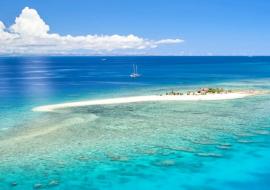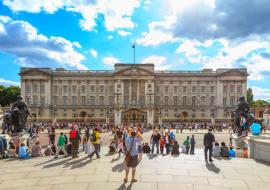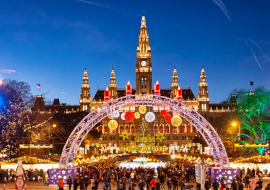Bologna and its Porticos Become Italy’s 59th UNESCO Site

Por Massimo Terracina
Being proud of something that belongs to your life is a wonderful feeling. I thought about it and, at the end, I gave in. I could not fail to celebrate the symbol of my city, that peculiarity that made it famous all over the world, first the ancient, then the modern: the porticos. In Bologna you don't need an umbrella, "because we have so many porticos "
And in fact, from the well-known and longer, which goes from Porta Saragozza through the arch of Meloncello to the Colle della Guardia (280 meters high) where the Basilica of the Blessed Virgin of San Luca stands, for 3.796 km, to the narrowest in Senzanome st. only 95 cm wide or from the widest, the quadriporticus of the Basilica of S. Maria dei Servi in Strada Maggiore, designed at the end of the fourteenth century, to the highest, in via Altabella, relating to the archbishop's palace with a loggia that touches the 10 meters in height, all the porticos “are Bologna”.
And so Bologna enters among the heritage sites of Humanity with its most beautiful and attractive image: that of the porticos. Towers, Tortellini, Tagliatelle are fine, but the “Porticoes” give it a uniqueness that is truly unparalleled in the world.
The porticos, for Bologna, are at the same time an architectural and social model, developed and carried out consistently over the centuries. A kind of link between public and private spaces.
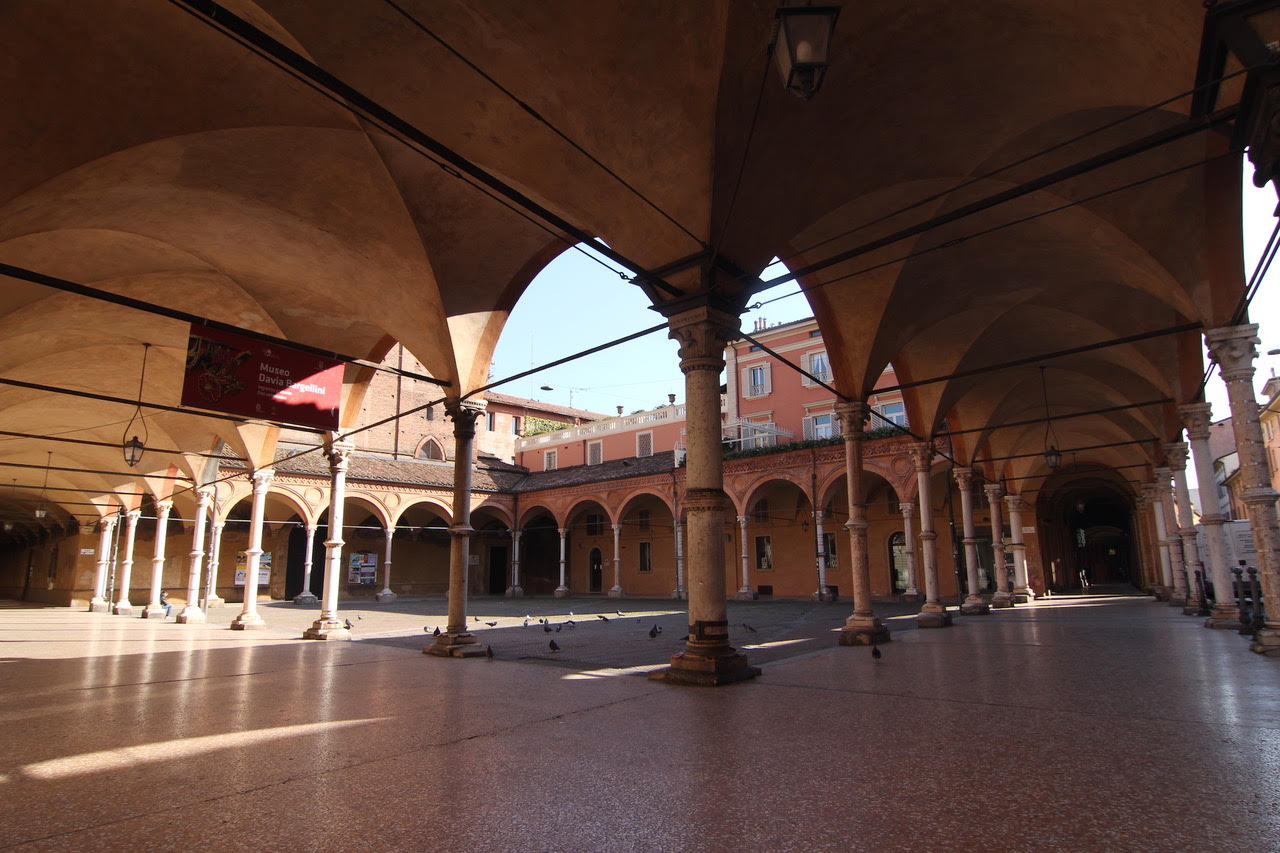
Those mentioned in the prologue are certainly the spearheads that supported the candidacy, but there is no lack of the "modern" declination of tradition, such as that of the suburban area of “Barca” with "the Train".
Bologna is the last Italian site, in chronological order, to be included in the list of heritage protected by Unesco which are 1154 (897 cultural, 218 natural and 39 mixed) distributed in 167 countries of the world among which Italy dominates with 59 recognized sites.
Although UNESCO does not provide funds for conservation or "material" operations, it is certainly a prestigious imprimatur for a tourist destination that states to be counted among the "elected" ones. Cultural heritage is part of the unique planetary historical memory, whose beauty can certainly be inserted among the inalienable values of the existence of those who populate the planet. It is not just about monuments, collections or natural sites but also about traditions, oral expressions, social practices and rites handed down over the centuries by our ancestors.
Unesco protects some of the world's assets by placing them on the list of "world heritage sites". But what conditions must be met to be "chosen"?
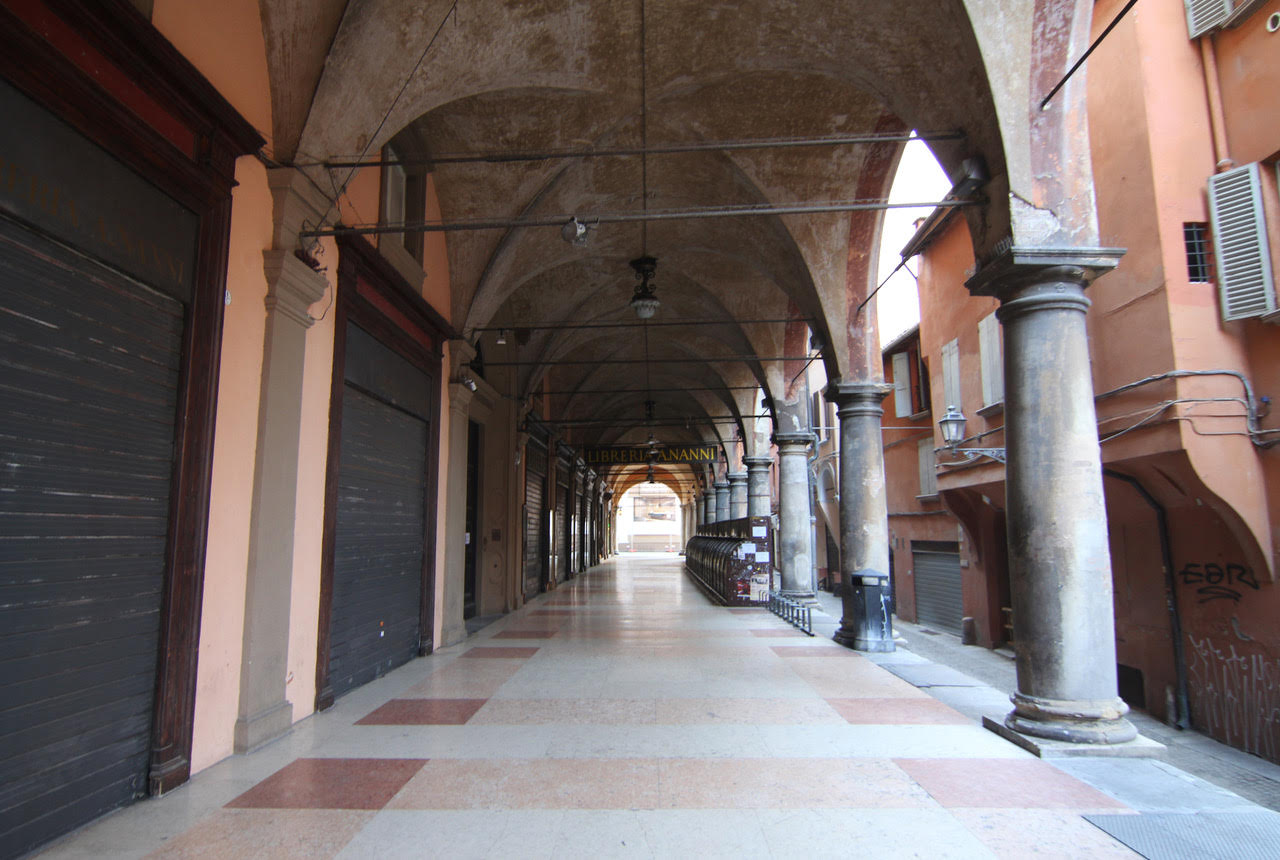
The United Nations Organization for Education, Science and Culture (Unesco) has the objective of promoting cooperation linking the countries of the world through the channels of education, science and culture. The spark that gave spark to this need was in 1954 the construction of the Aswan dam, when Egypt decided to flood the Nile valley, creating Lake Nasser, submerging a large number of monuments of what had once been, Nubia.
Unesco, worried about the fate of that historical heritage, launched an international campaign to save these monuments from underwater oblivion, actually starting the procedures to arrive at the Convention on the Protection of the World Cultural and Natural Heritage (1972), with the consequent establishment of the World Heritage List.
The countries which joined the Convention propose the candidacy of the new venues for inclusion in the Unesco List, preparing a sort of "inventory" of the sites located in their territory and which they intend to register. But it is neither easy nor automatic: the process takes a long time since, before being approved, a long diplomatic job must be done to get to the annual meeting of the Intergovernmental Committee for World Heritage which, then, takes the final decision on the registration of the sites in the Heritage List, thanks to the help of three bodies that deal with cultural sites, environmental sites and the conservation and restoration of cultural heritage, with the possibility of success.

The assets must meet at least one of the ten criteria provided for in the Operating Guidelines and, in order to be considered of "exceptional universal value", it is also necessary to satisfy the conditions of integrity and authenticity, together with an adequate protection and management system. Last update in July 2021 saw the recognition, for Italy, of the fourteenth-century frescoes of Padua and Montecatini Terme and, indeed, of the porticos of Bologna.
Bologna had been working for years on the candidacy, based on the concept that the porticos represent the symbol of "a sustainable urban lifestyle, in which religious and civil spaces and homes of all social classes are perfectly integrated".
However, "my" Bologna boasts a network of 62 kilometers, 42 of which in the historic center, which characterize the city center and have always made it a distinctive sign that right under the porticos that underline its streets and squares it finds - always - traces of its most intimate and true identity. So if you pass by here, you must visit Piazza Santo Stefano and the old porticos of the patrician palaces, the Logge del Pavaglione, the real living room of Bologna, and all the "spokes" that depart from the “center” (hub): San Vitale, Saffi, Strada Maggiore, Zamboni ... in short, you have to walk a lot to see everything …







